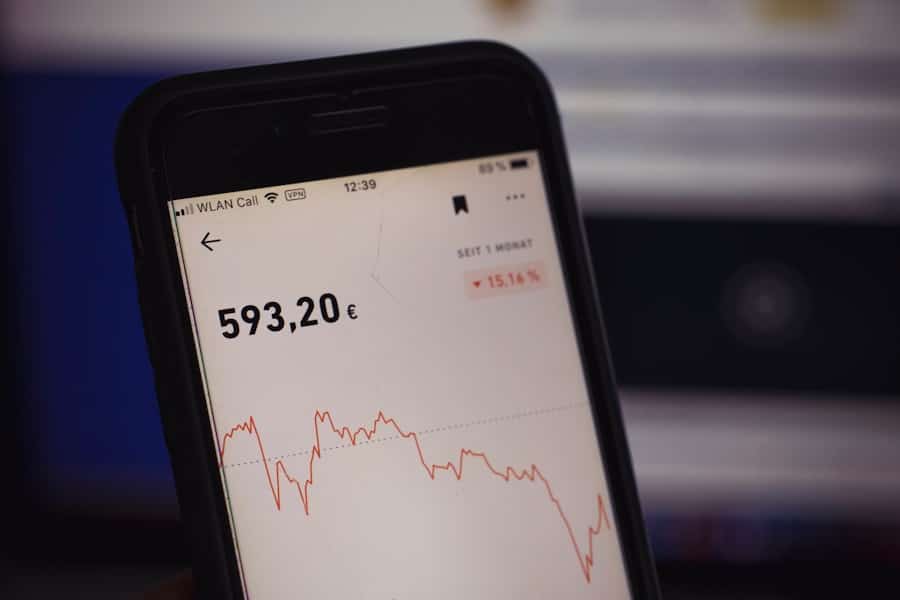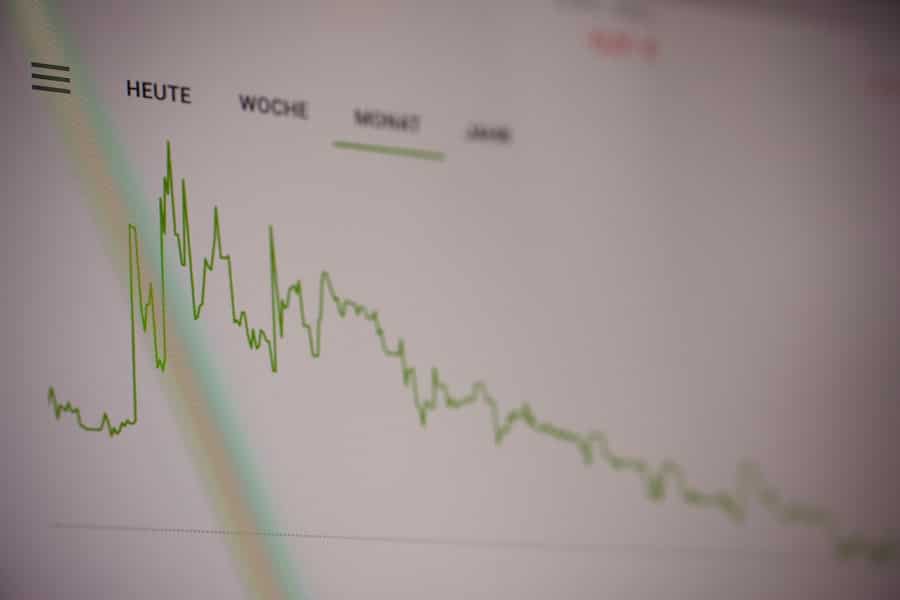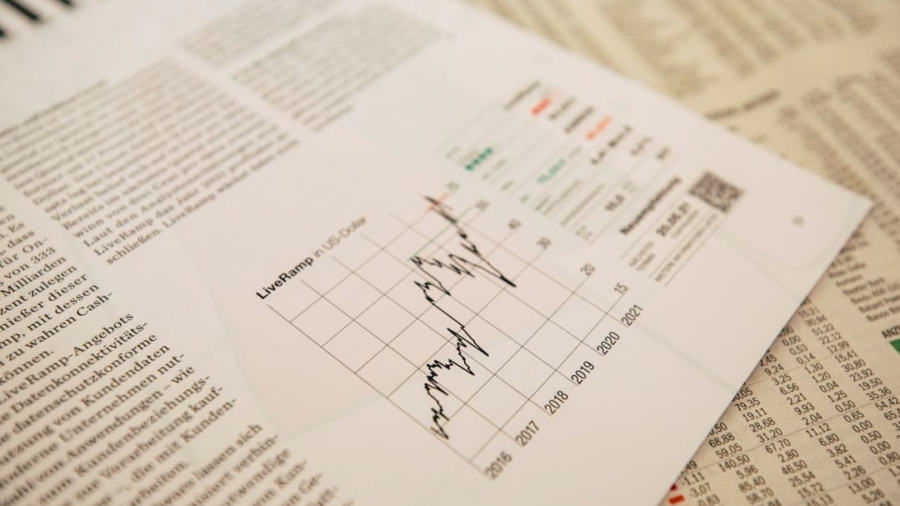Algorithmic trading has revolutionized the financial markets by employing complex mathematical models and automated systems to execute trades at speeds and frequencies that are impossible for human traders. This method leverages algorithms—sets of rules or instructions—to analyze market data, identify trading opportunities, and execute orders with minimal human intervention. The rise of algorithmic trading can be traced back to the late 20th century, but it has gained significant traction in the 21st century, particularly with the advent of high-frequency trading (HFT) strategies.
These strategies capitalize on minute price discrepancies and rely on advanced technology to make split-second decisions. Market predictions, on the other hand, involve forecasting future price movements based on historical data, market trends, and various economic indicators. The ability to predict market movements accurately is a coveted skill among traders and investors, as it can lead to substantial profits.
Traditional methods of market prediction often rely on fundamental analysis, technical analysis, or a combination of both. However, the integration of algorithmic trading with predictive analytics has opened new avenues for traders, allowing them to harness vast amounts of data and sophisticated algorithms to enhance their decision-making processes.
Key Takeaways
- Algorithmic trading involves using computer algorithms to make trading decisions, and market predictions are a key aspect of this process.
- AI has had a significant impact on algorithmic trading, enabling more sophisticated and efficient market predictions.
- AI is used in market predictions through techniques such as natural language processing, sentiment analysis, and deep learning algorithms.
- The advantages of using AI in algorithmic trading include increased speed, accuracy, and the ability to analyze large volumes of data, but limitations include the potential for overfitting and the need for continuous monitoring.
- Machine learning plays a crucial role in market predictions by enabling algorithms to learn from data and improve their predictions over time.
- Ethical considerations in AI-based trading strategies include the potential for market manipulation and the need for transparency and accountability.
- The future of AI in algorithmic trading and market predictions is likely to involve even more advanced AI techniques, increased automation, and continued ethical considerations.
- In conclusion, AI has the potential to significantly shape the future of financial markets through its impact on algorithmic trading and market predictions.
The Impact of AI on Algorithmic Trading
Enhanced Pattern Recognition and Predictive Capabilities
Artificial Intelligence (AI) has significantly transformed the landscape of algorithmic trading by introducing advanced techniques that improve the efficiency and effectiveness of trading strategies. AI algorithms can process vast datasets at unprecedented speeds, enabling traders to identify patterns and trends that may not be immediately apparent through traditional analysis. Machine learning, a subset of AI, allows these algorithms to learn from historical data and adapt their strategies based on new information, thereby enhancing their predictive capabilities over time.
Real-time Market Insights through Unstructured Data Analysis
Moreover, AI-driven trading systems can analyze unstructured data sources such as news articles, social media sentiment, and economic reports. This capability allows traders to gauge market sentiment and make informed decisions based on real-time information. For instance, a trading algorithm might analyze Twitter feeds for sentiment regarding a particular stock and adjust its trading strategy accordingly.
Competitive Edge through Diverse Data Sources
The ability to incorporate diverse data sources into trading strategies not only improves accuracy but also provides a competitive edge in a fast-paced market environment.
How AI is Used in Market Predictions

AI is employed in market predictions through various methodologies that leverage its computational power and analytical capabilities. One common approach is the use of neural networks, which are designed to mimic the human brain’s functioning. These networks can identify complex patterns in historical price data and other relevant variables, allowing them to make predictions about future price movements.
For example, a neural network might analyze years of stock price data alongside macroeconomic indicators to forecast future trends. Another method involves natural language processing (NLP), which enables AI systems to interpret and analyze human language. By applying NLP techniques, traders can extract insights from financial news articles, earnings reports, and analyst commentary.
This information can be quantified and fed into predictive models to enhance their accuracy. For instance, if a company releases a positive earnings report, an AI system can quickly assess the tone of the report and related news coverage to predict how the stock price might react in the short term.
Advantages and Limitations of Using AI in Algorithmic Trading
The advantages of using AI in algorithmic trading are manifold. One significant benefit is the ability to process large volumes of data quickly and efficiently. Traditional trading methods often struggle with the sheer amount of information available in today’s markets; however, AI algorithms can sift through this data in real-time, identifying profitable opportunities that human traders might overlook.
Additionally, AI systems can operate continuously without fatigue, allowing for 24/7 trading across global markets. Despite these advantages, there are limitations associated with AI-driven trading strategies. One major concern is the potential for overfitting, where a model becomes too tailored to historical data and fails to generalize effectively to new data.
This can lead to poor performance in live trading scenarios. Furthermore, reliance on AI can create systemic risks; if many traders use similar algorithms based on the same data inputs, it could lead to market distortions or flash crashes during periods of high volatility. The lack of transparency in some AI models also raises concerns about accountability and understanding how decisions are made.
The Role of Machine Learning in Market Predictions
Machine learning plays a pivotal role in enhancing market predictions by enabling algorithms to learn from past experiences and improve their performance over time. Supervised learning techniques are commonly used in this context, where models are trained on labeled datasets containing historical price movements and corresponding market conditions. By analyzing this data, machine learning algorithms can identify relationships between various factors and develop predictive models that can forecast future price movements.
Unsupervised learning is another approach that can be beneficial for market predictions.
Reinforcement learning is also gaining traction in algorithmic trading; it involves training models through trial and error, where algorithms learn optimal trading strategies by receiving feedback based on their performance.
Ethical Considerations in AI-based Trading Strategies

The integration of AI into algorithmic trading raises several ethical considerations that warrant careful examination. One primary concern is the potential for market manipulation through the use of sophisticated algorithms that exploit vulnerabilities in market structures. For instance, high-frequency trading firms may engage in practices such as quote stuffing or layering—strategies designed to create artificial market conditions that benefit their positions at the expense of other traders.
Additionally, there are concerns about fairness and access to technology in financial markets. As AI-driven trading becomes more prevalent, there is a risk that smaller firms or individual investors may be at a disadvantage compared to larger institutions with greater resources and access to advanced technologies. This disparity could exacerbate existing inequalities within financial markets and limit opportunities for retail investors.
The Future of AI in Algorithmic Trading and Market Predictions
The future of AI in algorithmic trading and market predictions appears promising as advancements in technology continue to evolve. As computational power increases and data availability expands, AI algorithms will become even more sophisticated in their ability to analyze complex datasets and make informed predictions. The integration of quantum computing into financial modeling could further enhance predictive capabilities by enabling faster processing of vast amounts of information.
Moreover, as regulatory frameworks adapt to the growing influence of AI in financial markets, there will likely be an increased emphasis on transparency and accountability in algorithmic trading practices. This could lead to the development of standardized guidelines for AI-driven trading strategies, ensuring that ethical considerations are addressed while still fostering innovation within the industry.
The Potential of AI in Shaping the Future of Financial Markets
The potential of AI in shaping the future of financial markets is immense, as it offers unprecedented opportunities for enhancing trading strategies and improving market predictions. By harnessing the power of machine learning and advanced analytics, traders can gain deeper insights into market dynamics and make more informed decisions. However, as the industry continues to evolve, it is crucial for stakeholders to address ethical considerations and ensure that the benefits of AI-driven trading are accessible to all participants in the financial ecosystem.
As we look ahead, it is clear that AI will play an increasingly central role in algorithmic trading and market predictions. The ongoing development of innovative technologies will likely lead to new methodologies that further refine our understanding of market behavior while also presenting challenges that must be navigated carefully. Ultimately, the successful integration of AI into financial markets will depend on a balanced approach that prioritizes both technological advancement and ethical responsibility.
If you are interested in the latest technology trends, you may also want to check out this article on smartwatches by Xiaomi. Just like AI is revolutionizing algorithmic trading, wearable technology like smartwatches is changing the way we track our health and fitness goals. Both industries are utilizing cutting-edge technology to improve efficiency and accuracy in their respective fields.
FAQs
What is algorithmic trading?
Algorithmic trading refers to the use of computer algorithms to automatically make trading decisions, submit orders, and manage those orders in the financial markets. It is also known as black-box trading or automated trading.
What is the role of AI in algorithmic trading?
AI, or artificial intelligence, plays a crucial role in algorithmic trading by enabling the development of sophisticated trading strategies, predictive models, and risk management systems. AI algorithms can analyze large volumes of data, identify patterns, and make decisions based on market conditions in real-time.
How does AI contribute to market predictions?
AI contributes to market predictions by analyzing historical market data, news, social media sentiment, and other relevant information to identify patterns and trends. AI algorithms can then use this analysis to make predictions about future market movements and potential trading opportunities.
What are the benefits of using AI in algorithmic trading?
The benefits of using AI in algorithmic trading include improved speed and efficiency in decision-making, the ability to analyze large volumes of data in real-time, the potential for more accurate predictions, and the ability to adapt to changing market conditions.
What are the potential risks of using AI in algorithmic trading?
Potential risks of using AI in algorithmic trading include the possibility of algorithmic errors leading to significant financial losses, the reliance on historical data that may not accurately predict future market movements, and the potential for AI algorithms to amplify market volatility. It is important for traders to carefully monitor and manage the risks associated with AI-driven trading strategies.


Add a Comment